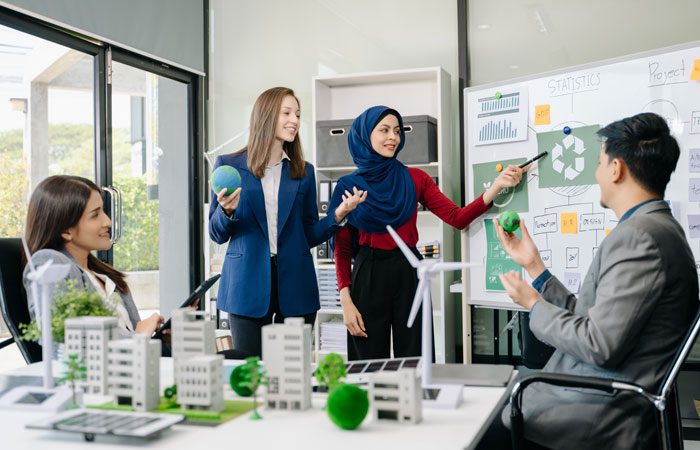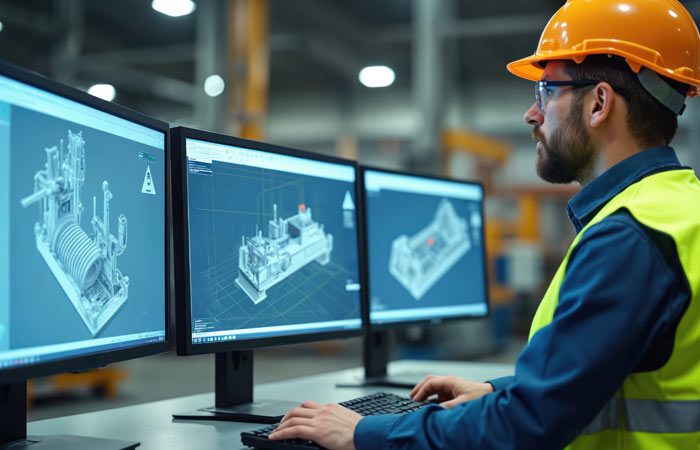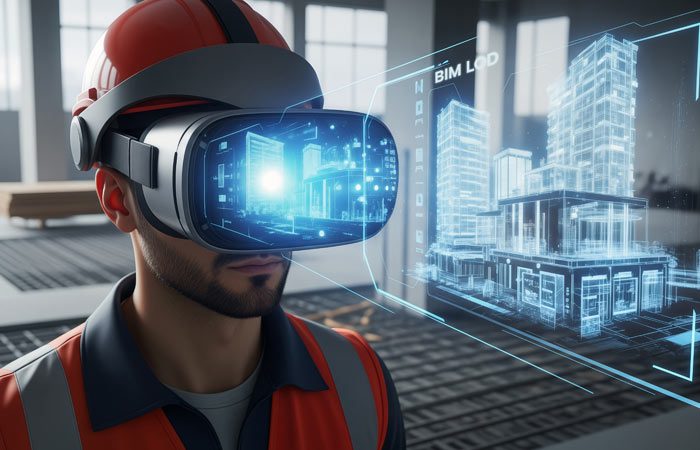
Building Sustainably with BIM: Driving Energy Efficiency and Lifecycle Value in Modern Construction
The way we design and build has changed dramatically in the past decade. With climate change and rising energy demands at the forefront, sustainability has become more than a buzzword—it’s now a responsibility. From skyscrapers in bustling cities to community housing projects, the construction industry is being called upon to create buildings that are not only functional but also energy efficient and environmentally responsible.
Enter Building Information Modeling (BIM). Once seen as a digital design tool, BIM is now emerging as a cornerstone for sustainable construction. It enables project teams to visualize, simulate, and manage buildings in ways that dramatically improve energy efficiency and deliver long-term lifecycle value.
Why BIM Matters for Sustainable Construction
Traditional building practices often left sustainability considerations until the later stages of design or even post-construction. By then, the opportunity to make meaningful changes—like reducing energy loads or optimizing materials—was already lost. BIM flips that model.
By using sustainable building information modeling from the start, architects, engineers, and contractors can collaborate in a shared digital space. They can test ideas, measure environmental performance, and fine-tune decisions before physical construction begins. This ensures sustainability isn’t a checkbox exercise but an integral part of the design and construction journey.
This proactive approach is what makes BIM such a powerful enabler for green building certification systems like LEED and BREEAM. Every aspect of a building’s design and operation—from energy use to materials sourcing—can be documented and verified, streamlining the certification process.
BIM for Energy Efficiency: Designing Smarter Buildings
Think of BIM as a virtual test lab for energy efficiency. With BIM energy modeling and simulation, teams can explore how a building responds to sunlight, wind, insulation, or HVAC design choices long before construction starts. These insights allow designers to reduce reliance on artificial lighting, optimize heating and cooling, and enhance natural ventilation.
For example, a simple change in the orientation of a building or the placement of shading devices can reduce cooling loads by up to 30%. Without BIM, such optimizations would often be overlooked. By providing this predictive power, BIM ensures that sustainability and cost savings go hand in hand.
Tackling Carbon Footprint Through Smarter Choices
Reducing carbon footprint is one of the biggest challenges in construction. From material extraction to demolition, every stage of a building’s life contributes to greenhouse gas emissions. BIM for carbon footprint reduction provides clarity by modeling these impacts over the full lifecycle.
Designers can compare the carbon costs of using concrete versus cross-laminated timber, or recycled steel versus virgin steel. These insights empower project owners to make choices that minimize embodied carbon. Over time, this doesn’t just reduce environmental impact—it creates buildings that meet the increasingly strict regulatory demands for carbon reporting and sustainability.
Lifecycle Value with BIM
One of the most overlooked aspects of sustainable construction is what happens after the ribbon-cutting ceremony. Buildings consume energy, require maintenance, and undergo upgrades for decades. This is where lifecycle cost analysis with BIM becomes invaluable.
BIM lifecycle management ensures that owners and facility managers have a digital twin of the building—an intelligent model that stores everything from energy performance data to equipment specifications. This makes it easier to schedule preventive maintenance, monitor efficiency, and extend the lifespan of critical assets. In short, it transforms sustainability from a design goal into an operational reality.
BIM and Facility Management: Extending the Impact
The real test of sustainability isn’t in design—it’s in operation. BIM for facility management is revolutionizing the way buildings are run. By linking digital models to live data from sensors, facility managers can track energy use in real time, detect inefficiencies, and take corrective action quickly.
Imagine being able to predict when an HVAC system will fail, or adjust lighting based on occupancy patterns—all driven by data coming directly from a building’s BIM-powered digital twin. This level of insight not only reduces operational costs but also keeps energy consumption and emissions under control over the building’s entire lifecycle.
Certification Made Easier: LEED and BREEAM
Achieving green building certifications has long been considered a complex, documentation-heavy process. BIM streamlines this challenge by centralizing data in one accessible model. BIM for LEED certification and BIM for BREEAM certification allow project teams to generate accurate documentation on energy performance, material sourcing, and indoor environmental quality directly from the model.
This reduces the time and effort needed to demonstrate compliance and ensures that projects don’t just aim for certification but achieve it more reliably. For developers, this translates into stronger market positioning and higher asset value.
Digital Twins for Environmental Performance
One of the most exciting frontiers in sustainable construction is the use of BIM digital twins. These are living models that mirror the actual performance of a building in real time.
Digital twins go beyond construction—they help in continuously monitoring environmental performance. For example, they can track indoor air quality, energy use peaks, or renewable energy production on-site. This information enables owners to not only reduce costs but also prove sustainability credentials to investors and regulators.
Bringing It All Together
BIM in sustainable design is not just about meeting regulations; it’s about creating smarter, greener, and more resilient buildings. By enabling collaboration, simulation, and lifecycle planning, BIM bridges the gap between ambition and action in sustainable construction.
Organizations that embrace BIM for sustainability are better positioned to deliver projects that balance cost, performance, and environmental impact. They can align with global decarbonization goals while also ensuring buildings remain efficient and valuable assets for decades.
A growing number of engineering service providers are helping clients unlock this potential. For example, TAAL Tech supports global projects by integrating BIM-driven sustainability strategies that emphasize energy efficiency, lifecycle management, and compliance with international green building standards. Such expertise shows how BIM is no longer just a design tool but a driver of meaningful change in the construction industry.
Conclusion
The future of construction lies in designing with the planet in mind. BIM for sustainability provides the technology and methodology to make this vision a reality. Whether through BIM energy efficiency simulations, lifecycle cost analysis, or BIM digital twin applications, the approach ensures that every decision contributes to a greener tomorrow.
For developers, owners, and facility managers, the message is clear: sustainable construction with BIM isn’t just about meeting environmental goals—it’s about creating buildings that deliver long-term value, performance, and resilience. And in doing so, it helps shape a built environment that truly stands the test of time.


